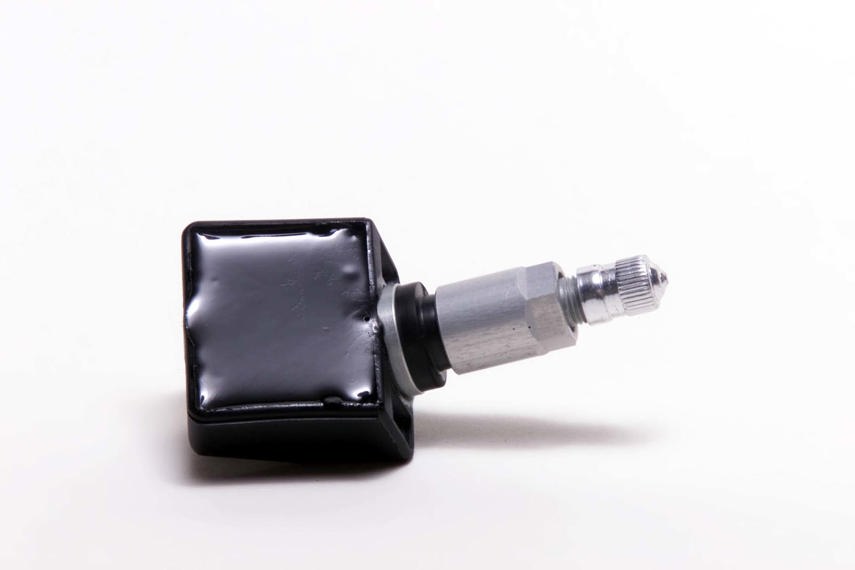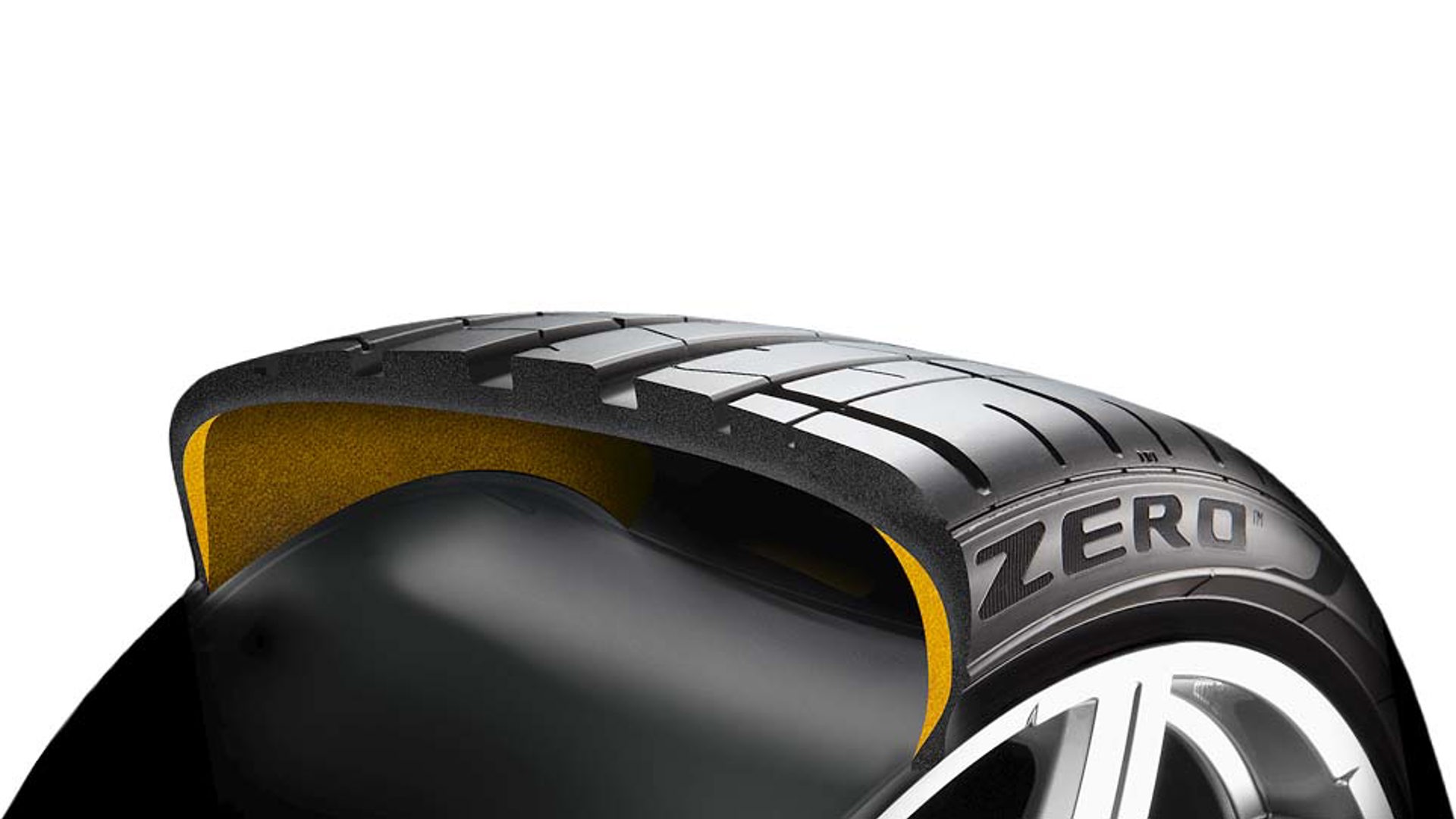If you’ve ever been stranded because of a flat tire or had to change a flat on the side of a busy highway, you know how alone and how vulnerable that can make you feel. One way to avoid these possibly dangerous experiences is to equip your vehicle with run-flat tires.
As the name suggests, run-flat tires are designed to continue running or rolling even when they’re technically flat. In other words, you can continue to drive your vehicle with zero air pressure after a run-flat tire has been punctured.
Run-flat tires also provide more stability when a tire loses all pressure. Unlike a conventional tire that simply goes flat, a run-flat tire can support the weight of the vehicle even with zero air pressure, so a sudden blow-out results in less weight transfer and tread destabilization. This means steering and handling remain pretty much normal. When a regular tire is flat, it’s extremely unsafe to continue driving on it, but this isn’t the case with run-flats.
Granted, you’ll have to slow down, and you can’t drive on a run-flat tire forever, but at least you’ll be able to get out of harm’s way. Typically, a run-flat tire will allow you to drive an extra 80 km at a reduced speed of up to 80 km/h. That may not get you to your destination, but it will certainly allow you to get to safety or to a local garage.
Factory-Equipped Run-Flats
Some vehicles roll out of the factory on run-flat tires. Some car manufacturers include run-flats in their vehicle designs (instead of a spare tire in the cargo area) to reduce the weight of the vehicle to improve fuel economy, boost cargo capacity, or allow for a more streamlined vehicle design (mostly on sports cars).
If your vehicle was not factory-equipped with run-flat tires and you’re thinking of switching to run-flats to avoid a possibly dangerous tire blow-out, here are some factors to consider before you make the switch.
A Rough Ride

The major trade-off with run-flat tires is comfort. Because of the way run-flat tires are designed (they need stiffer sidewalls that can support the weight of the vehicle once all the air pressure is gone), the ride can be a bit rough.
When run-flat tires first debuted years ago, the ride was really rough. Since then, tire companies have improved their designs, and today’s run-flat tires are more comfortable than the first-generation run-flats, but still not as comfy as conventional tires.
While it’s true that some vehicles come from the factory with run-flat tires, vehicle engineers compensate for the inherent rougher ride by tuning the suspension accordingly so that the driver and passengers don’t notice the difference.
Count the Cost
Another key point to consider is the cost of run-flat tires. They are typically more expensive than conventional tires, and, in some cases, you may need to invest in special rims, because some run-flat tires can’t be mounted to the stock rims on your vehicle.
Moreover, you may find replacement run-flat tires hard to find when you puncture one. For example, if you blow a tire on a road trip and find your way to a garage out in the middle of nowhere, chances are they won’t have run-flats in stock for you. This means you’ll probably have to wait until they can order one.
Repairing the run-flat tire instead of waiting for the replacement tire to arrive may not be an option for that garage. That’s because the internal structure of the tire may have been damaged from driving on it while it was either severely under-inflated or driven on with zero air pressure.
The TPMS Question

If you’ve weighed the pros and cons of run-flat tires and are thinking about investing in a set for your vehicle, there’s one last consideration to keep in mind: Does your vehicle come with a tire pressure monitoring system (TPMS)?
If it does, then you’re good to go and you can safely switch over to run-flat tires. If it doesn’t, then run-flat tires are not an option for your vehicle. That’s because TPMS is a must whenever you’re driving on run-flat tires. Without it, you have no way of knowing if/when one of your tires has lost pressure, when you need to slow down to 80 km/h, and when the clock on the 80-km allowance starts ticking.

